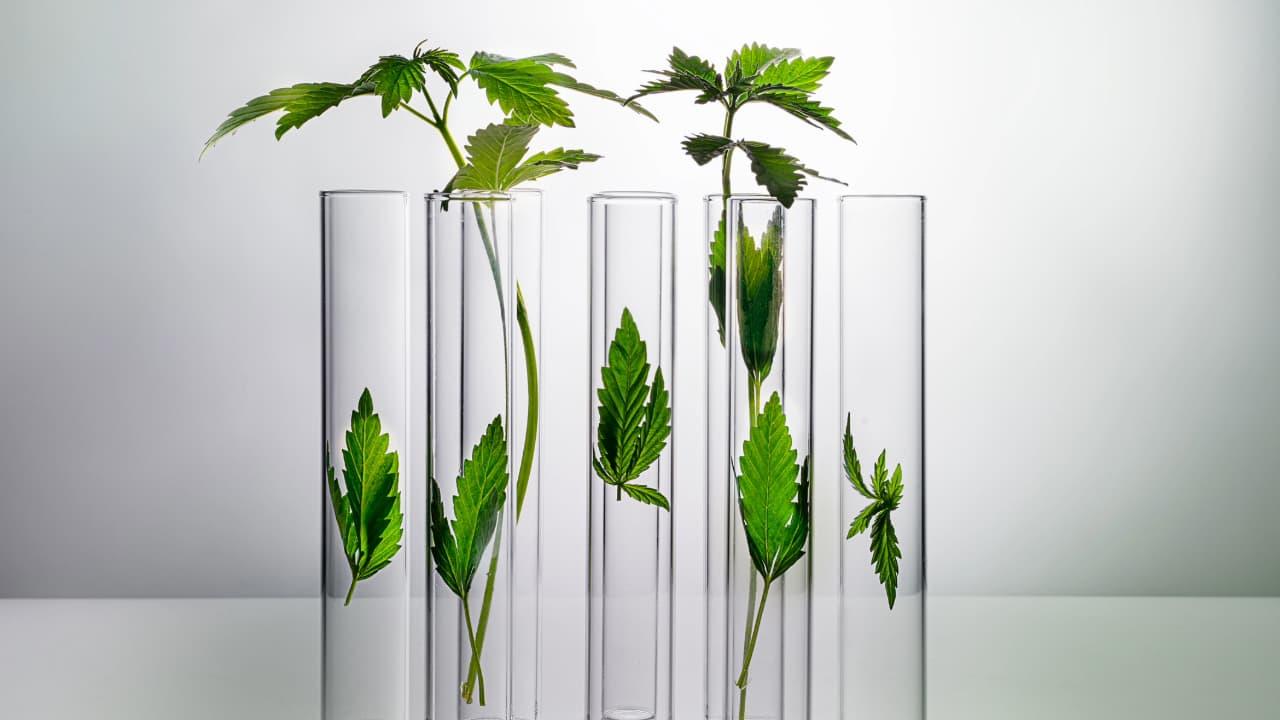
Scientists Discover How Plants Make Rare Anti-Cancer Compound Mitraphylline
Scientists have discovered the process by which certain plants produce a rare natural compound that may help fight cancer. Researchers at the University of British Columbia (UBC) Okanagan have identified how these plants create mitraphylline, a compound that belongs to a group of plant chemicals called spirooxindole alkaloids. These chemicals have a unique, twisted structure and are known for their strong effects, including anti-cancer and anti-inflammatory properties. The study was published in The Plant Cell.
What Are Spirooxindole Alkaloids?
Until recently, scientists did not fully understand how plants create these unusual molecules. That changed in 2023 when Dr Thu-Thuy Dang and her team at UBC Okanagan identified the first plant enzyme that can twist a molecule into the special spirooxindole shape. Building on this discovery, PhD student Tuan-Anh Nguyen conducted additional research and found that two specific enzymes are involved in the process. One enzyme determines the 3D shape of the molecule, while the other completes the twisting process to form mitraphylline.
Breakthrough in Enzyme Discovery
Mitraphylline is naturally found in very small amounts in certain tropical trees, such as Mitragyna (kratom) and Uncaria (cat's claw), which are both part of the coffee family. Since it is so rare, producing mitraphylline using traditional lab methods is both difficult and expensive.
However, with the UBC Okanagan team now understanding how plants make mitraphylline, scientists can explore more sustainable and cost-effective ways to produce the compound and similar substances.
Nguyen said, "With this discovery, we have a green chemistry approach to accessing compounds with enormous pharmaceutical value. This is a result of UBC Okanagan's research environment, where students and faculty work closely to solve problems with global reach."
The research was a collaborative effort between Dr Dang's lab at UBC Okanagan and Dr Satya Nadakuduti's team at the University of Florida. The work was supported by funding from both Canadian and US research organizations, including the Natural Sciences and Engineering Research Council of Canada, Canada Foundation for Innovation, and Michael Smith Health Research BC.
Legal Disclaimer:
MENAFN provides the
information “as is” without warranty of any kind. We do not accept
any responsibility or liability for the accuracy, content, images,
videos, licenses, completeness, legality, or reliability of the information
contained in this article. If you have any complaints or copyright
issues related to this article, kindly contact the provider above.


















Comments
No comment